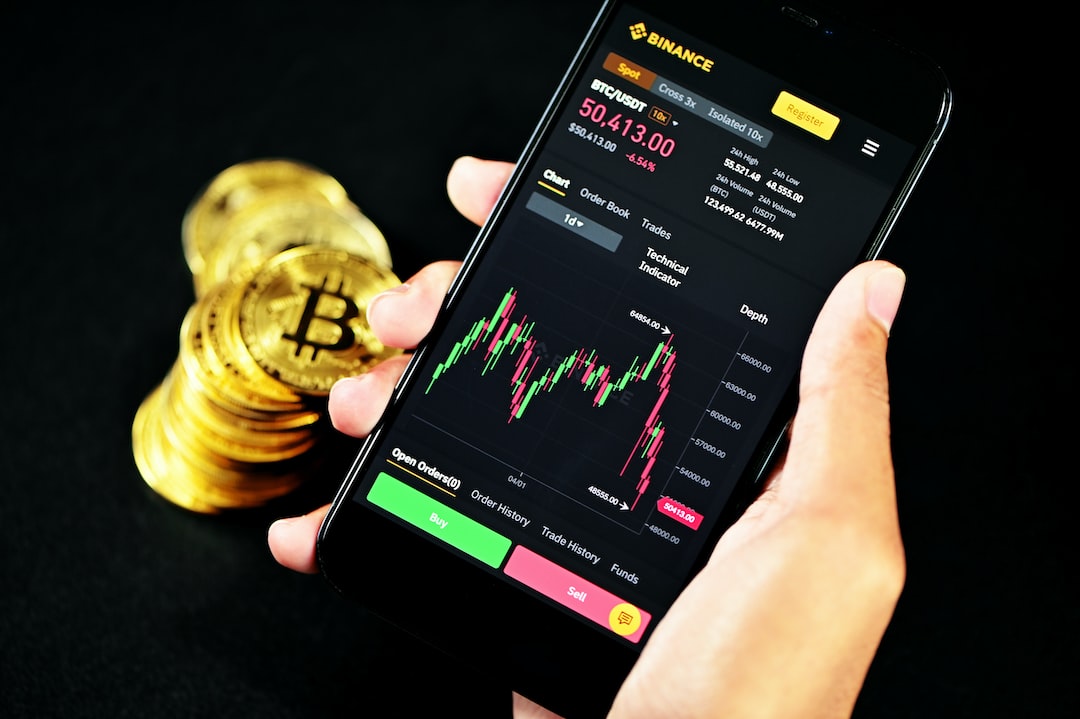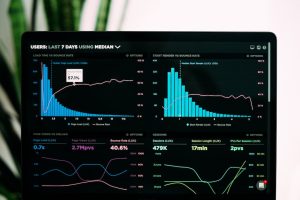Forex trading is a complex activity that requires a deep understanding of the market and the ability to make informed decisions based on available data. Profitable traders rely on various indicators to analyze the market and identify potential trading opportunities. These indicators are tools that help traders evaluate the direction of currency trends and make informed trading decisions.
In this article, we will discuss the most commonly used indicators by profitable traders in forex trading.
Moving Averages
Moving averages are one of the most basic and widely used indicators in forex trading. They help identify the trend of a currency pair by smoothing out price fluctuations over a specific period. Moving averages are calculated by taking the average closing price of a currency pair over a specified period, such as 10, 20, or 50 days.
Traders use moving averages to identify potential entry and exit points. When the price of a currency pair crosses above the moving average, it is considered a bullish signal, indicating a potential uptrend. Conversely, when the price crosses below the moving average, it is considered a bearish signal, indicating a potential downtrend.
Bollinger Bands
Bollinger Bands are another commonly used indicator in forex trading. They are used to measure the volatility of a currency pair by using a moving average and two standard deviations. The upper and lower bands are placed two standard deviations away from the moving average.
Bollinger Bands help traders identify potential breakouts and reversals. When the price of a currency pair approaches the upper band, it is considered overbought, and a potential reversal may occur. Conversely, when the price approaches the lower band, it is considered oversold, and a potential reversal may occur.
Relative Strength Index (RSI)
The Relative Strength Index (RSI) is a momentum oscillator that measures the strength of a currency pair’s price action. It is calculated by comparing the average gains and losses of a currency pair over a specific period, usually 14 days.
Traders use the RSI to identify potential overbought and oversold conditions. When the RSI is above 70, it is considered overbought, and a potential reversal may occur. Conversely, when the RSI is below 30, it is considered oversold, and a potential reversal may occur.
Fibonacci Retracement
Fibonacci retracement is a popular tool that helps traders identify potential price levels where a currency pair may reverse its trend. It is based on the Fibonacci sequence, which is a series of numbers where each number is the sum of the two preceding numbers.
Traders use Fibonacci retracement levels to identify potential support and resistance levels. The most commonly used retracement levels are 23.6%, 38.2%, 50%, 61.8%, and 78.6%.
Ichimoku Cloud
The Ichimoku Cloud is a comprehensive indicator that provides traders with a comprehensive view of the market. It consists of five lines that are calculated using different time periods. The lines are used to identify potential support and resistance levels, as well as potential trend changes.
Traders use the Ichimoku Cloud to identify potential entry and exit points. When the price of a currency pair is above the cloud, it is considered bullish, and when the price is below the cloud, it is considered bearish.
Conclusion
Profitable traders use a combination of technical indicators to analyze the market and identify potential trading opportunities. Moving averages, Bollinger Bands, RSI, Fibonacci retracement, and Ichimoku Cloud are some of the most commonly used indicators in forex trading.
It is important to note that no single indicator can guarantee profitable trades. Traders should use a combination of indicators and other market analysis tools to make informed trading decisions. With practice and experience, traders can develop their own trading strategies and find the indicators that work best for them.





